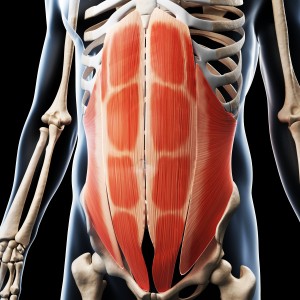Dilated Cardiomyopathy Using Induced Pluripotent Stem Cells Derived From Duchenne Muscular Dystrophy

 A recent study published in the journal Disease Models & Mechanisms uncovered important underlying molecular mechanisms associated with cardiomyopathy in Duchenne Muscular Dystrophy.
A recent study published in the journal Disease Models & Mechanisms uncovered important underlying molecular mechanisms associated with cardiomyopathy in Duchenne Muscular Dystrophy.
Duchenne Muscular Dystrophy (DMD) is caused by mutations in the dystrophin gene (DMD), and characterized by progressive weakness in skeletal and cardiac muscles. One of major causes of death of late-stage DMD patients is cardiomyopathy due to progressive weakness and wasting of cardiac muscles. It is very difficult to conduct research in cardiomyopathy in patients with DMD because the availability of heart muscle biopsies from DMD patients is very limited, preventing the mechanistic study and drug testing using native DMD patient heart cells and tissues. However, recent advances in induced pluripotent stem (iPS) cells circumvented this hurdle. iPS cells reprogrammed from patient-specific somatic cells carry the same genetic defects as original patients, and could be utilized to produce unlimited numbers of patient-specific de novo cardiomyocytes (CMs).
In the study titled “Modeling and studying mechanism of dilated cardiomyopathy using induced pluripotent stem cells derived from Duchenne Muscular Dystrophy (DMD) patients,” Lei Yang, PhD from the Department of Developmental Biology at the University of Pittsburgh School of Medicine and colleagues aimed to understand the underlying molecular mechanisms causing cardiomyopathy in the hearts of patients with DMD.
[adrotate group=”3″]
To do this, the researchers created cardiomyocytes (CMs) derived for DMD and healthy control induced pluripotent stem (iPS) cells. In their study, these DMD iPS cell-derived CMs had dystrophin defects and increased resting calcium levels, mitochondrial deficiency and cell apoptosis. The researchers also observed an underlying activated mitochondria mediated signaling network on the basis of the increased apoptosis in DMD iPSC-CMs.
The research then further tested a treatment for the DMD iPSC-CMs with a membrane sealant Poloxamer 188, and found that this was able to decrease the resting calcium levels, which suppressed the activation of CASP3, leading to a repressed apoptosis in the DMD iPSC-CMs.
According to the authors in the study, they were able to create an in vitro model of iPSC-CMs derived from patients with DMD that replicated the molecular mechanisms found in cardiomyopathy in patients with DMD, which led to a new understanding of cardiomyopathy associated with DMD. Based on the findings, the authors concluded that future studies testing potential new drugs for dilated cardiomyopathy in DMD patients can benefit from the knowledge of these associated molecular mechanisms.






